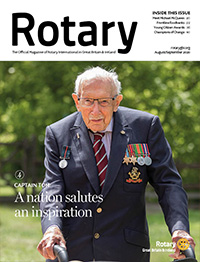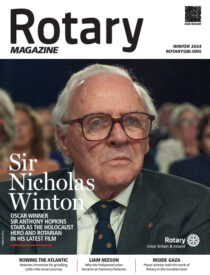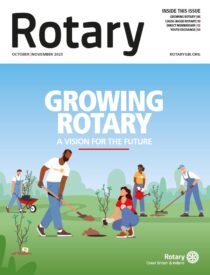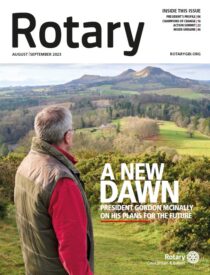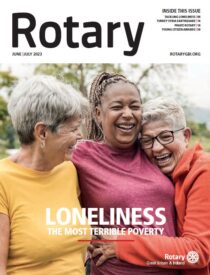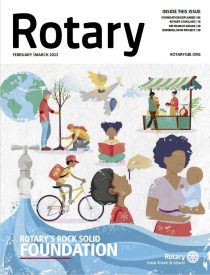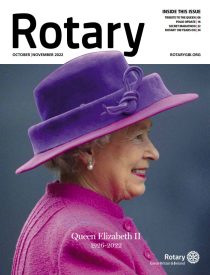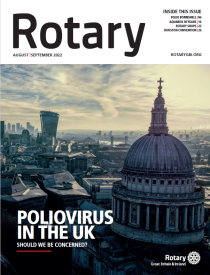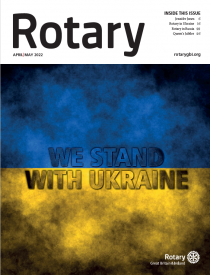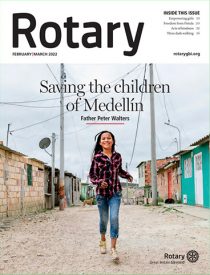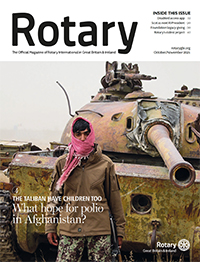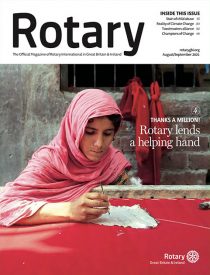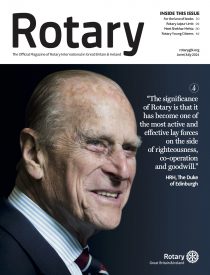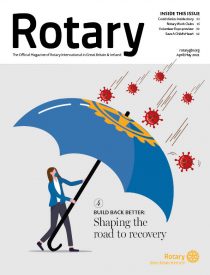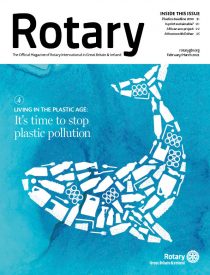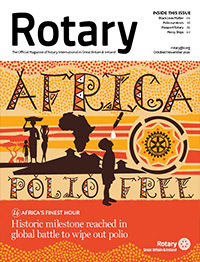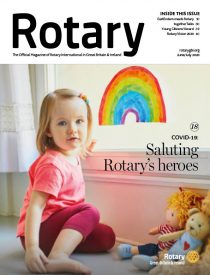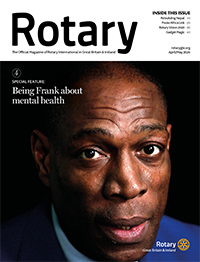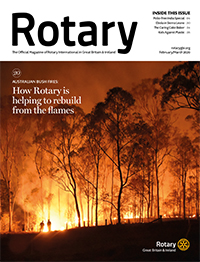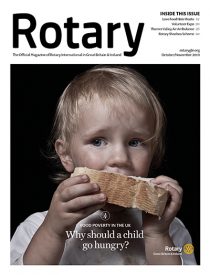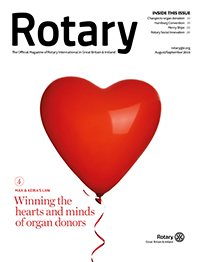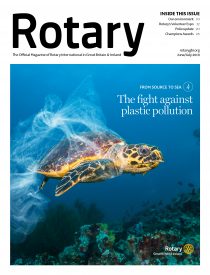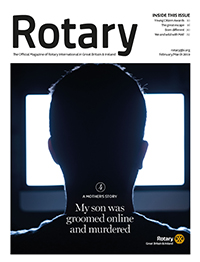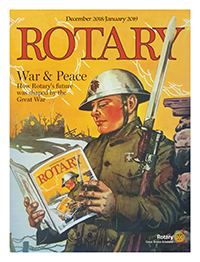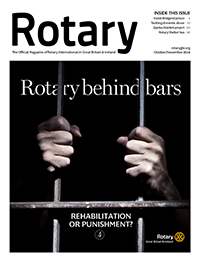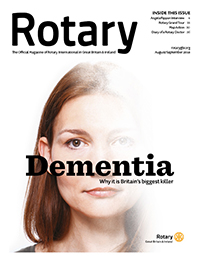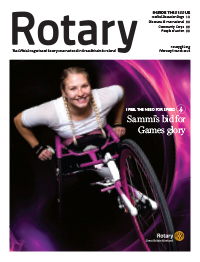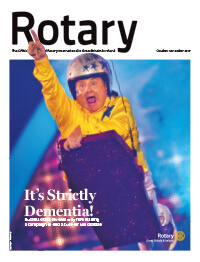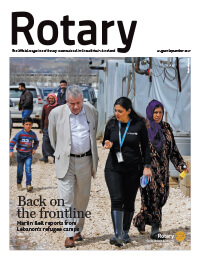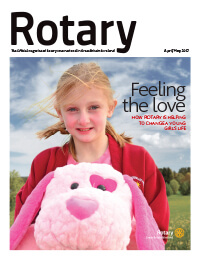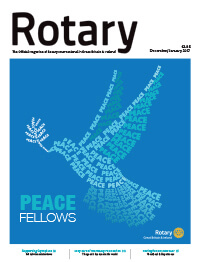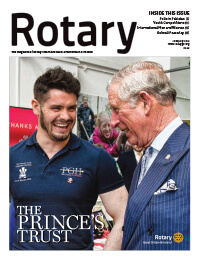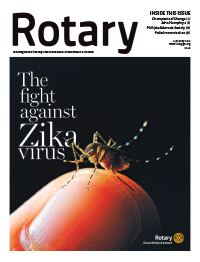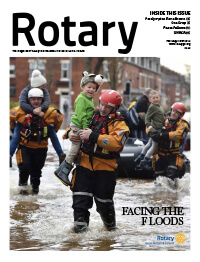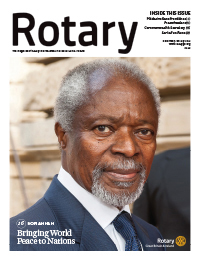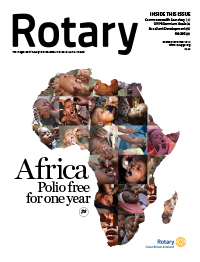Heartstart defibrillator awareness training is all about giving a person the vital skills and the confidence to save a life. You are that vital link in the chain of survival. The power to save a life is in your hands. Use them!
Coming from an education and health background, I have always been passionate about emergency first aid training.
As a primary school teacher, and latterly a Health Education Co-ordinator for my school, I felt that such training should be a compulsory part of every child’s education.
Every class I have taught left their year with these skills and it has, indeed, paid dividends in the number of lives saved.
I have been privileged to have been part of the Heartstart Scotland Campaign, a joint initiative between Scottish Ambulance Service and British Heart Foundation to place defibrillators on every local emergency ambulance.
This was followed by being invited to become a non-executive board member of Argyll & Clyde Health Board.
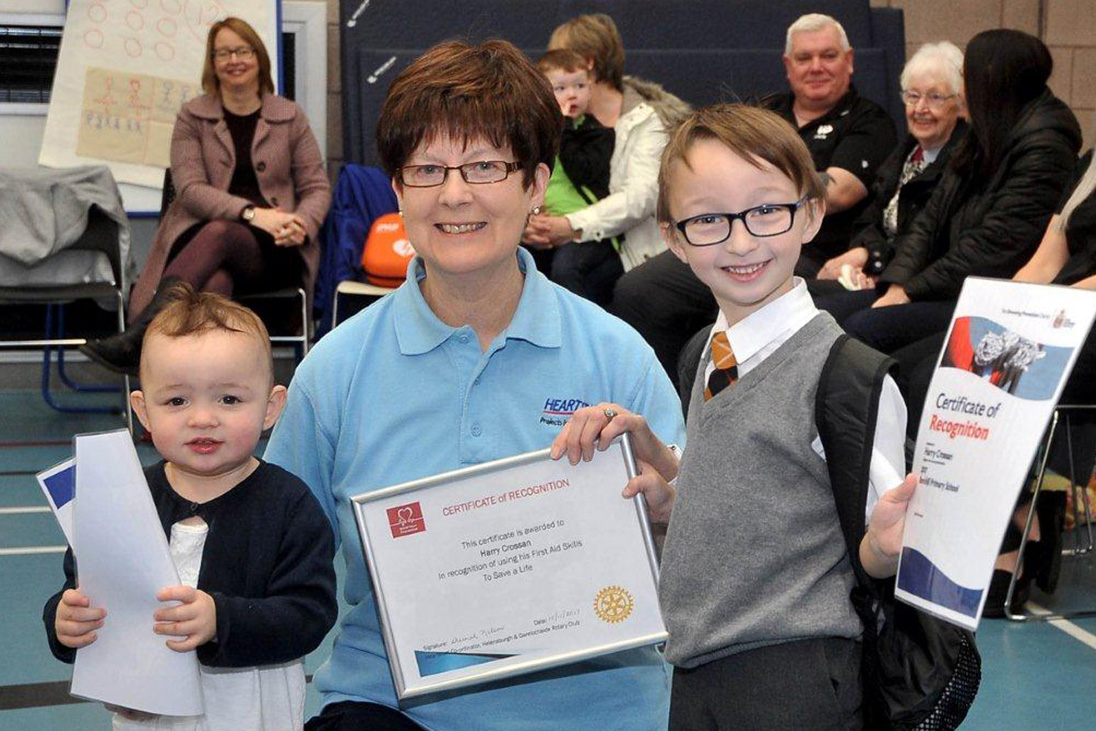

Sheenah handing a certificate to the young boy who saved his sisters life.
In this capacity I became aware that we now had these life-saving machines on all these vehicles and paramedics with the advanced skills to save a life. So why were lives still being lost to cardiac arrest?
When someone suffers a cardiac arrest, every minute counts.
Cardiopulmonary resuscitation (CPR) increases the chances of survival as it ensures a flow of oxygen rich blood to the brain and the vital organs.
This also increases the chances of the heart remaining in a ‘shockable’ rhythm rather than deteriorating to a ‘non-shockable’ (flat-line) rhythm.
It increases the potential success of resuscitating someone with a shock from a defibrillator.
I instigated the Heartstart/Defibrillator Awareness Training in 1996 and the programme was then offered to the community, primarily via schools and local organisations.
That same year I was co-opted as a teacher at Cardross Primary School onto Argyll & Bute Council’s Education Department’s working party for health education.
I instigated the Heartstart/Defibrillator Awareness Training in 1996 and the programme was then offered to the community, primarily via schools and local organisations.
I promoted Heartstart Training as part of the health education curriculum within primary and secondary schools, and this is now also included in schools throughout West Dunbartonshire.
One of the members of this working party was a fellow primary teacher, Mary Horswell, who was President of Helensburgh Garelochside Rotary.
Mary informed me that Helensburgh Garelochside Rotary had been affiliated to the BHF Heartstart Scheme which was now an established part of the club’s Community Service Programme.
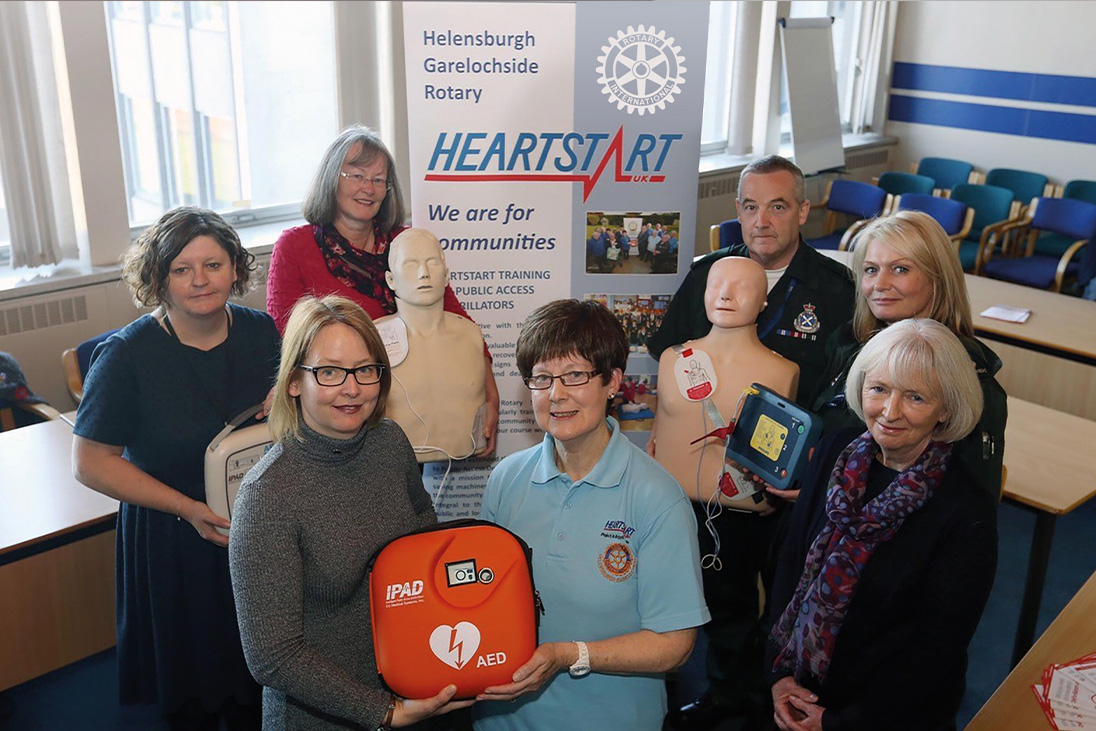

I have been privileged to have been part of the Heartstart Scotland Campaign, a joint initiative between Scottish Ambulance Service and British Heart Foundation to place defibrillators on every local emergency ambulance.
I joined Rotary in 2007 and became the club’s Heartstart Co-ordinator in 2008. We deliver Heartstart/Defibrillator training for our local schools, GP and dental practices, police and fire service, local businesses, golf clubs, bowling clubs and many other local organisations.
Each year we train over 5,000 pupils and members of the community in both Argyll & Bute and West Dunbartonshire.
These are our future lifesavers and Rotarians of tomorrow.
Survival rates were dropping and we needed to address this. I campaigned for local first responder schemes and publicly accessible defibrillators (PADs) which could make a significant difference to the outcome of a patient in cardiac arrest.
This wasn’t nearly enough!
In 2015 I was instrumental in forming Helensburgh & Local District CPR/Defibrillator Association to raise funds to provide PADs in locations throughout the area. This charity works in partnership with Heartstart Helensburgh Garelochside Rotary.
Each year we train over 5,000 pupils and members of the community in both Argyll & Bute and West Dunbartonshire.”
The Scottish Government launched its Out of Hospital Cardiac Arrest Strategy ‘Save a Life for Scotland’ in March 2015.
On average, 3,000 people in Scotland suffer a cardiac arrest in the community each year. That’s 70 people each week.
However, only one in 20 survives the event. We know that it is possible to change this, to be as good as the European average where survival is up to four times higher.
The aim was to train 500,000 members of the public in CPR between March 2015 and March 2020 and save 1,000 lives.
The survival rate has now increased to 1 in 10, thanks not only to the support we have been given from those in the local community who have received Heartstart Training, but also those individuals and groups who have helped fund PADs.
Many of those who have been trained have also gone on to become Heartstart trainers. Some 207 PADs have been placed in the community, resulting in 23 lives being saved.
This is an excellent example of Rotary working in partnership with the local community and I continue to campaign to raise awareness of Heartstart and in so doing also raise the profile of Rotary.








